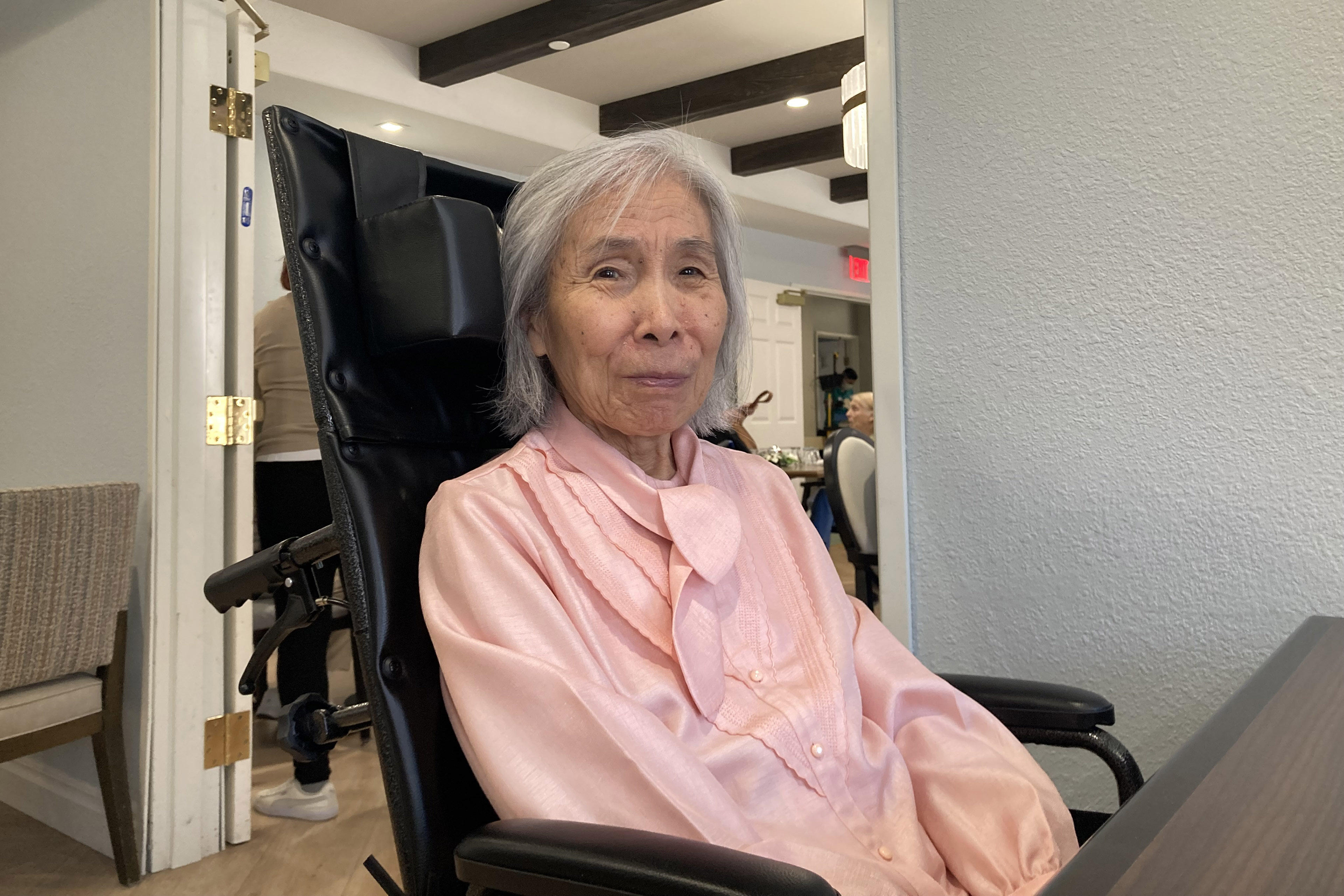Millions of Medi-Cal beneficiaries can now save for a rainy day, keep an inheritance, or hold on to a modest nest egg, without losing coverage, thanks to an eligibility change phased in over the past year and a half. It also has opened the door for thousands who previously did not qualify for Medi-Cal, the health insurance program for low-income residents that covers over one-third of California’s population.
Until Jan. 1, 3 million Medi-Cal beneficiaries, mainly those who are aged, blind, disabled, in long-term care, or in the federal Supplemental Security Income program, faced limits on the value of financial accounts and personal property they could hold to qualify for coverage. Now, nearly 2 million of them will no longer face these restrictions, putting them on par with the roughly 12 million other Medi-Cal beneficiaries who don’t have asset limits.
They still must be below Medi-Cal’s income threshold, which for most enrollees is currently $1,677 a month for a single adult and $3,450 for a family of four. However, the change will eliminate a lot of paperwork for applicants and the county workers who verify their eligibility.
For a long time, this group of Medi-Cal beneficiaries could have no more than $2,000 in the bank — $3,000 for a married couple — though the home they lived in, as well as one car and certain types of other personal property, were exempt.
“If you had $5,000 in assets, you would have to spend $3,000 on something to prove that you were beneath the limit to qualify,” says Tiffany Huyenh-Cho, a senior attorney at the advocacy group Justice in Aging. “We had people who prepaid rent, spent money on car repairs, bought a new couch or appliances — things to reduce their assets in order to get to the $2,000 limit.”
Now, Huyenh-Cho adds, “you don’t have to remain in deep poverty. You can save for an emergency; you can save for retirement or for a security deposit if you want to move.”
And those who have hoped to leave a little something for their children when they die can now do so, even if they need expensive long-term care.
The first phase of the rule change was implemented in July 2022, when the threshold was raised dramatically to $130,000 for an individual and $195,000 for a two-person household, making it a nonfactor for the vast majority of those concerned. After all, most people with incomes low enough to qualify for Medi-Cal would not have that much saved. For this reason, the total elimination of the so-called asset test ushered in this year is expected to help fewer people financially than the first change did.
Still, there are some people with more than $130,000 in the bank whose savings would have been wiped out in shockingly short order had they needed long-term care in a nursing facility or at home. Now, they can qualify to have Medi-Cal pick up that cost.
Joanne Shinozaki, a resident of Granada Hills, a Los Angeles neighborhood, hired private full-time caregiving last year for her mother, Fujiko, who has dementia. But it cost nearly $11,000 a month, which Shinozaki quickly realized would burn fast through the roughly $200,000 in savings her father had left when he died early last year. Reluctantly, she put her mom in a memory care home, which was less expensive. But after a 10% increase in January, it is now costing $9,000 a month, although that includes food and utilities.

Because of the money Shinozaki’s dad left, her mom did not qualify for Medi-Cal under the old rules. But now, that money no longer counts against her. Shinozaki, a veterinarian who quit her job to coordinate her mother’s care, needs to return to work soon. She has applied for Medi-Cal for her mom and is waiting for it to be approved.
“It would mean being able to bring her back to the house where she’s lived since 1988, if she’s well enough to come home,” Shinozaki says. To do that, she will need to get her mom access to caregivers via Medi-Cal’s In-Home Supportive Services program.
Indeed, another benefit of the change in eligibility rules is that it supports the caregiver economy, says Kim Selfon, a Medi-Cal and IHSS policy specialist at Bet Tzedek Legal Services, which provides free legal assistance to people in LA County.
Advocates who work with Medi-Cal enrollees and applicants say they often have to explain the difference between assets and income. “I think a lot of people are confused,” says Stephanie Fajuri, program director at the Center for Health Care Rights, an LA-based nonprofit that helps people navigate Medi-Cal and Medicare. “They say, ‘What do you mean? I could be making $1 million a year?’ And we say, ‘No, that’s income.’”
So, let’s be clear: Under the new rules, yes, you can have a second house. But if you are renting it out, that’s income — and given today’s rental prices, it will likely disqualify you from full Medi-Cal benefits. You can also keep an investment account regardless of the balance, but distributions from it as well as any interest, dividends, and capital gains it generates are also income.
Again, most beneficiaries are unlikely to have a large pool of assets and still have income low enough to qualify for Medi-Cal. But if you suddenly inherit a modest sum, or even a large one, now you can keep it, though it may briefly affect your coverage.
Unfortunately, the 1.1 million Medi-Cal beneficiaries receiving Supplemental Security Income are still subject to an asset test, because different rules apply to them.
Advocates and legal aid attorneys say there hasn’t been enough public education about the elimination of the asset limits and that many people still believe their bank accounts or personal property rule them out.
People may also fear the state will take their house and other assets after they die to recoup what it spent on their care. That worry could intensify now that people can keep all their assets and still be on Medi-Cal. But a 2017 change in the law restricted the state’s ability to put a claim on your house or other assets after you die and made it relatively easy to insulate them entirely.
The state can claim only up to the amount Medi-Cal spent on certain medical services, including long-term and intermediate care and related costs. Even in those cases, it cannot touch your home or any other asset if you have protected it by putting it in a living trust or through some other legal move that keeps it out of probate court. And the state can’t put a claim on it if there is a co-owner who outlives the Medi-Cal beneficiary.
“Now that people can hold unlimited assets, they need to be more cognizant of protecting them should they need long-term care,” says Dina Dimirjian, a staff attorney at Neighborhood Legal Services of Los Angeles County.
The Department of Health Care Services, which oversees Medi-Cal, has published on its website (dhcs.ca.gov) an FAQ on the elimination of the asset test. Another good source of information, and legal assistance, is the Health Consumer Alliance (healthconsumer.org or 888-804-3536).
The end of the asset test will also cure a big bureaucratic headache for beneficiaries and applicants and free up countless hours for Medi-Cal eligibility workers in county offices.
“People had to navigate this and figure out what counts and what doesn’t count, and they had to prove it, and the county had to verify it,” says David Kane, a senior attorney at the Western Center on Law & Poverty. “It’s a good thing we can say goodbye to it.”
This article was produced by KFF Health News, which publishes California Healthline, an editorially independent service of the California Health Care Foundation.







